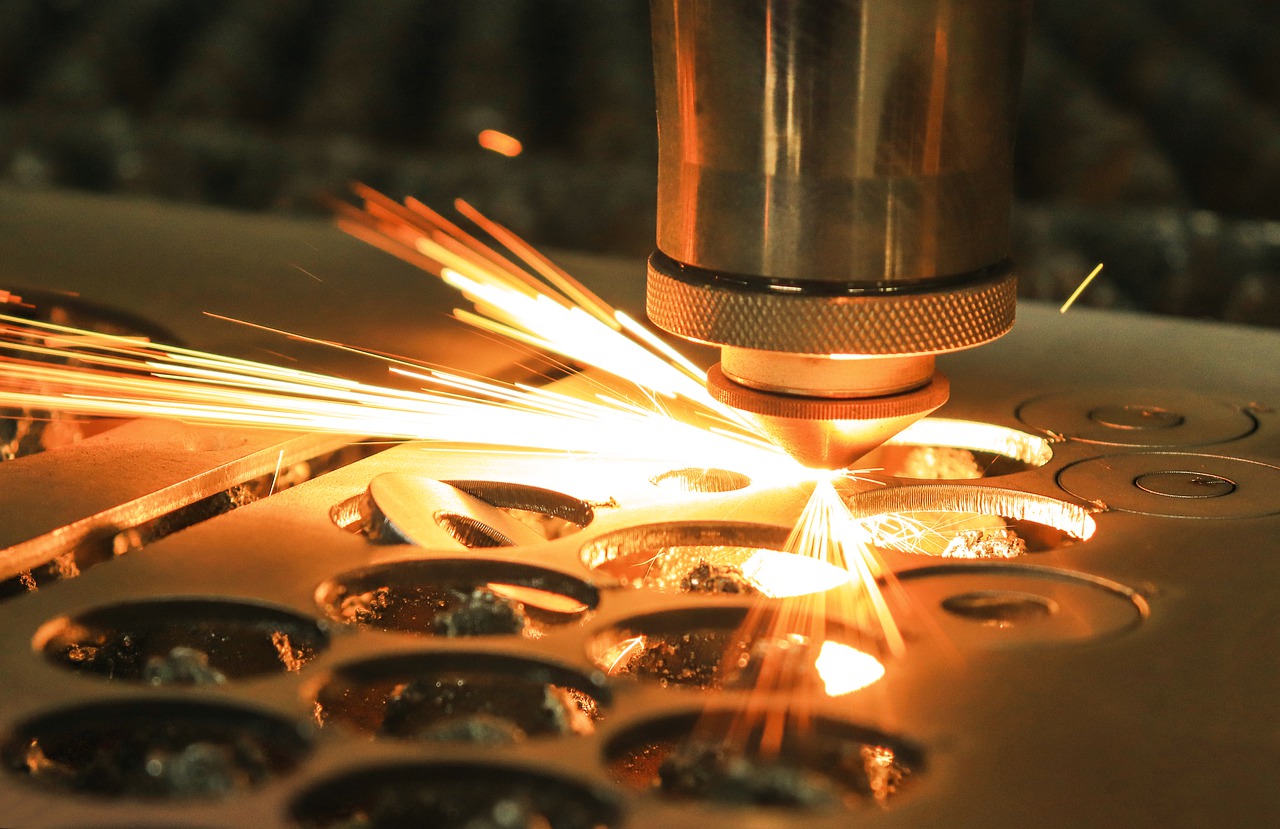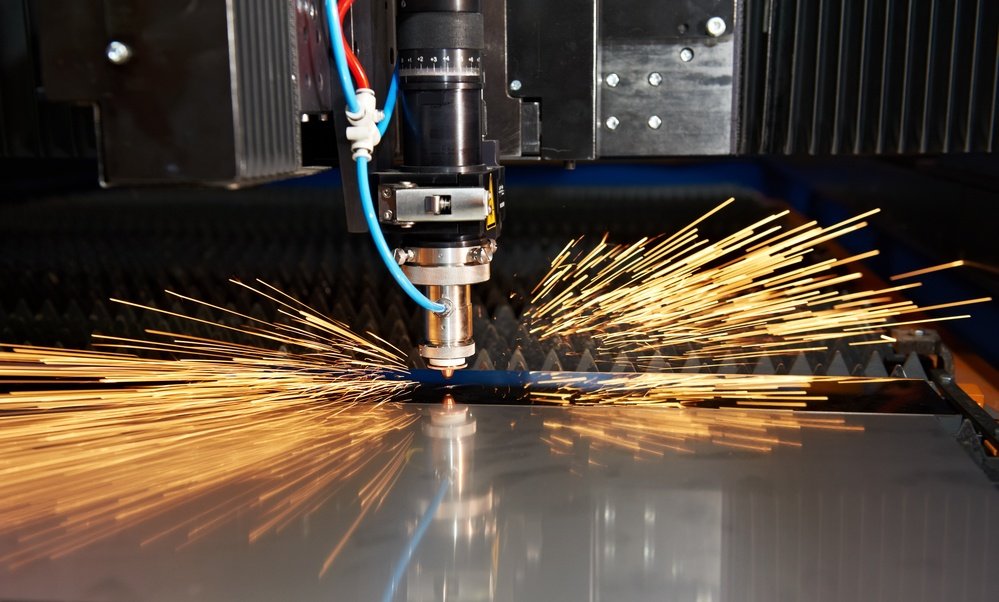Are you tired of blowing your budget on laser-cutting projects? Don’t fret! In this article, we’ll look at alternative strategies to reduce laser cutting costs.
Table of Contents
Laser cutting is a popular choice for metal fabricators and machine shops to execute custom work as well as large-scale production operations, small items, and everything in between.
It’s easy to understand the basics of laser cutting: Laser optics are directed by a computer numerical controller (CNC) to cut material. After the beam has melted the material, a jet of gas or air is used to remove any remaining residue, resulting in a fine surface finish.
Laser cutting has various advantages, including enhanced precision and the simplification of the manufacturing process.
Many businesses, however, are unaware that their laser cutting expenses, regardless of the volume of work, can be greatly reduced by making simple, alternate choices and communicating with their laser cutting provider.
If you want to save money on laser cutting, here are a few pointers to keep in mind.
1. Let the experts handle your laser cutting.
At first, some companies consider a DIY (do-it-yourself) approach to projects that demand a high level of precision that can only be achieved by laser cutting. Then comes the realization that on-site laser cutting requires expensive new equipment, such as CNC machines, as well as extensive staff training and maintenance.
Outsourcing your project eliminates the need to spend months or even years mastering laser cutting and CNC equipment, as well as the associated difficulties and expenditures. Laser cutting equipment for professional use can be expensive and bulky, and they are unlikely to make up for the initial investment.
Additionally, laser cutting and CNC machines require routine maintenance and safety checks, adding to the overall expenditure.
Laser cutting services can be outsourced and enlisted by any of the best laser cutting companies in Dubai that are knowledgeable and with the most acceptable practices in the industry. This will speed up the process and decrease costs.
2. Create a working prototype.
In the beginning, it can be tough to imagine what your final result will look like if you haven’t used a laser cutting service. You should only place large orders of laser-cut products after careful consideration of the design and creation of a prototype model.
If you have to place a second order to remedy faults that you did not detect the first time, your costs may rise significantly. Therefore look for laser cutting companies that first create prototypes in model space and test them for fit and mobility to save both time and money in the design process.
In this way, you can reduce the cost of production by spotting problems early on in the development process.
3. Consider the thickness and type of material.
As with every type of material that may be cut, the thickness impacts how quickly the laser cutters work. Choosing a thicker, more dense metal will necessitate an increase in both time and money spent on the design.
For projects that require a specified metal thickness, using a simplistic design can help keep costs down. It is also essential to determine which metal is best suited to your needs before making a purchase.
4. Start with a small order to get the ball rolling.
Before placing a larger order, you should do a small trial run of the supplies and design to see any unexpected costs associated with your streamlined design. Smaller orders allow you to experiment with various metals and see how your design will work in practice before making a larger order.
In addition, any faults that develop in a small trial order will cost less than acquiring several huge sheets of metal and learning that your specs were incorrect.
If you start with a small order, you can see how the kerf affects the quality of your finished product. Compare the first batch of items from your small order with the necessary components and decide how you want the final parts to work and look.
5. Group your laser-cutting projects
When using a laser cutter, grouping is a strategy that can help you cut down on the amount of waste. Clustering the components together will help the laser perform more effectively, and this minimizes the distance traveled by the laser head between cuts and allows for circular cuts. Although they are occasionally required, they can be very costly.
Before proceeding, take a close look at how the elements are arranged in the computer-aided design (CAD) file. In general, using grouping to prevent laser movement should reduce expenses.
Conclusion
When looking for laser cutting services in the UAE, it’s important to keep in mind that searching solely at the cheaper end of the pricing range isn’t always the best option. Checking on things like a laser cutting service’s portfolio is an excellent way to determine whether or not they are experienced, reliable, and highly rated.
If you’re searching for the best laser cutting services in Dubai with expertise and experience that can save you time and money, look no further. Contact us today and get a quote.
Frequently Asked Questions
Is laser cutting cost-effective?
Yes. Laser cutting is a low-cost choice for short-run or one-of-a-kind designs because of the ease of the procedure. Intricate designs can also be handled with a great degree of accuracy using this machine. Laser cutting is a cost-effective solution for consumers because of its reduced sheet material waste.
How is laser cutting cost calculated?
The laser cutting power is determined by the machine’s running time, and the more time a laser has to work, the more money it costs. In most cases, the basis for estimating the pure machine expenses is roughly one dollar every minute of the machine’s operational time, i.e. 60 dollars/h.
Is a laser cutter sustainable?
Yes. Laser cutting produces very little waste because of the precision and specificity required. However, there will always be offcuts left over after projects due to the nature of the technology. The offcuts and loose materials can be saved and repurposed for smaller operations.


